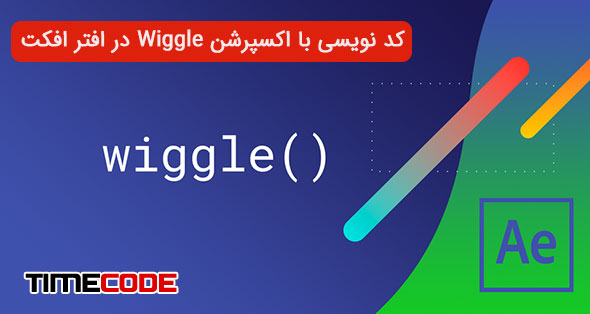

Select the layer or property you want to apply the wiggle expression to.Here’s how you can use the wiggle expression in After Effects: It can be applied to various properties such as position, rotation, scale, opacity, and more. The wiggle expression in Adobe After Effects is a powerful tool that allows you to create random movement or animation in your compositions. Start with wiggle and give After Effects expressions a try.How to use wiggle expression in after effects If you’d rather read than watch, check out our previous article “ Using Wiggle to Create Random Movement in Adobe After Effects” or this post which several wiggle expressions written out (copy and paste them into your project).ĭon’t be intimidated. It’s a worthwhile 6 minute viewing for all AE users. The video tutorial below, by motion designer Jens Uttikal, provides a nice overall tutorial on the capabilities of Wiggle and how to integrate it into your After Effects project. By modifying the parameters in the expression you can set limits on the magnitude and frequency of the animation. You can apply it to a layer in your AE project to add movement to position, rotation and scale. Wiggle is one of the more versatile After Effects expressions.

You can also use expressions to speed up your workflow, sparing you from having to keyframe all the animation in your project.

Applying expressions in your AE project can add some really dynamic features (random motion, auto animating to sound, etc), so it’s worthwhile to give them a shot.

In reality though, many AE expressions can be broken down simply. After all, we’re video editors and motion designers – not coders. Get started with AE expressions! Wiggle is one of the fundamental AE expressions and can be used to quickly add random movement to your After Effects animations.Īfter Effects expressions can be intimidating.


 0 kommentar(er)
0 kommentar(er)
